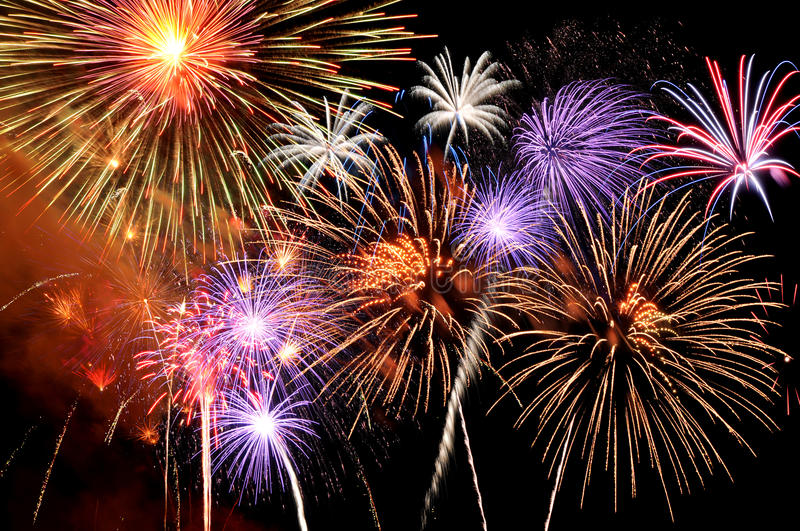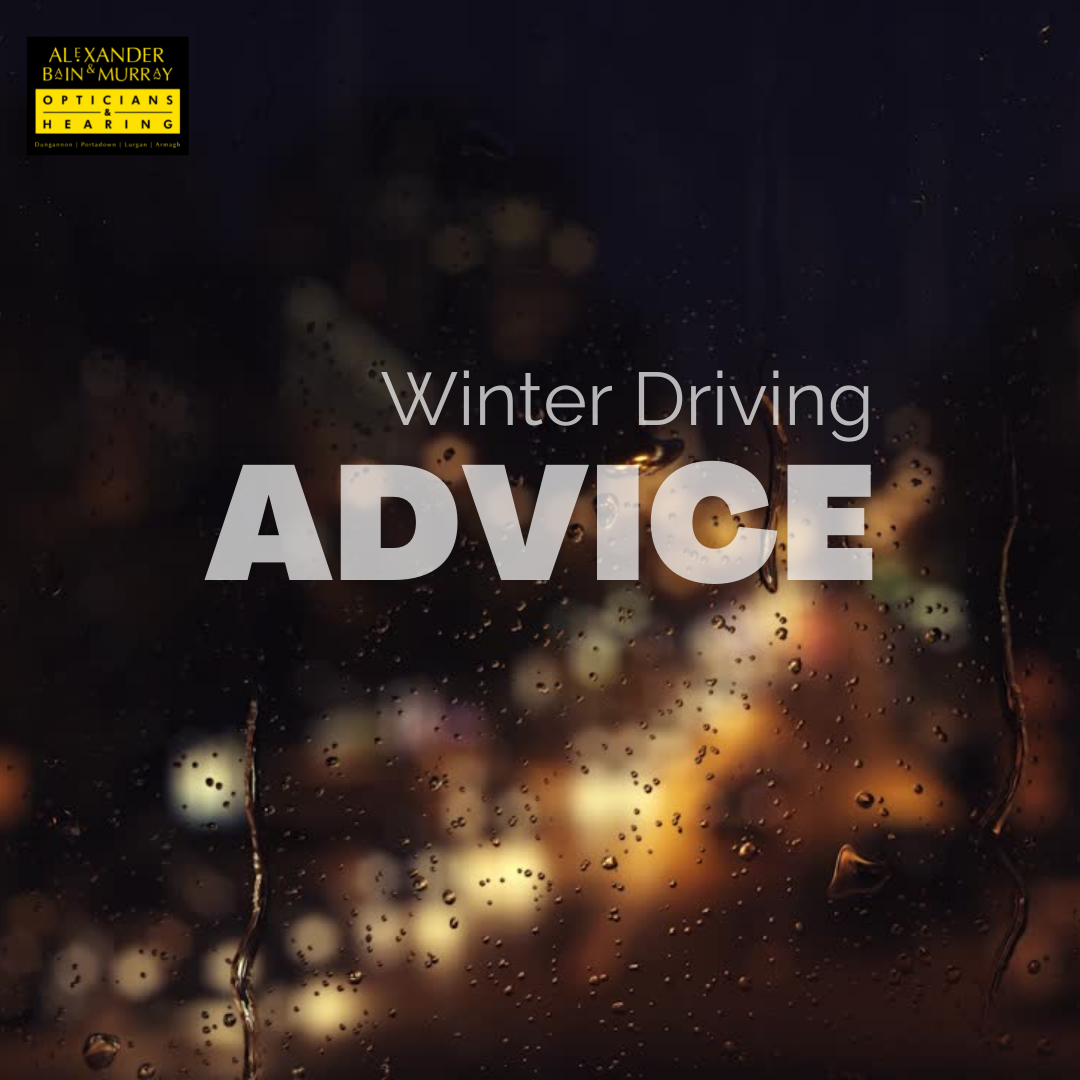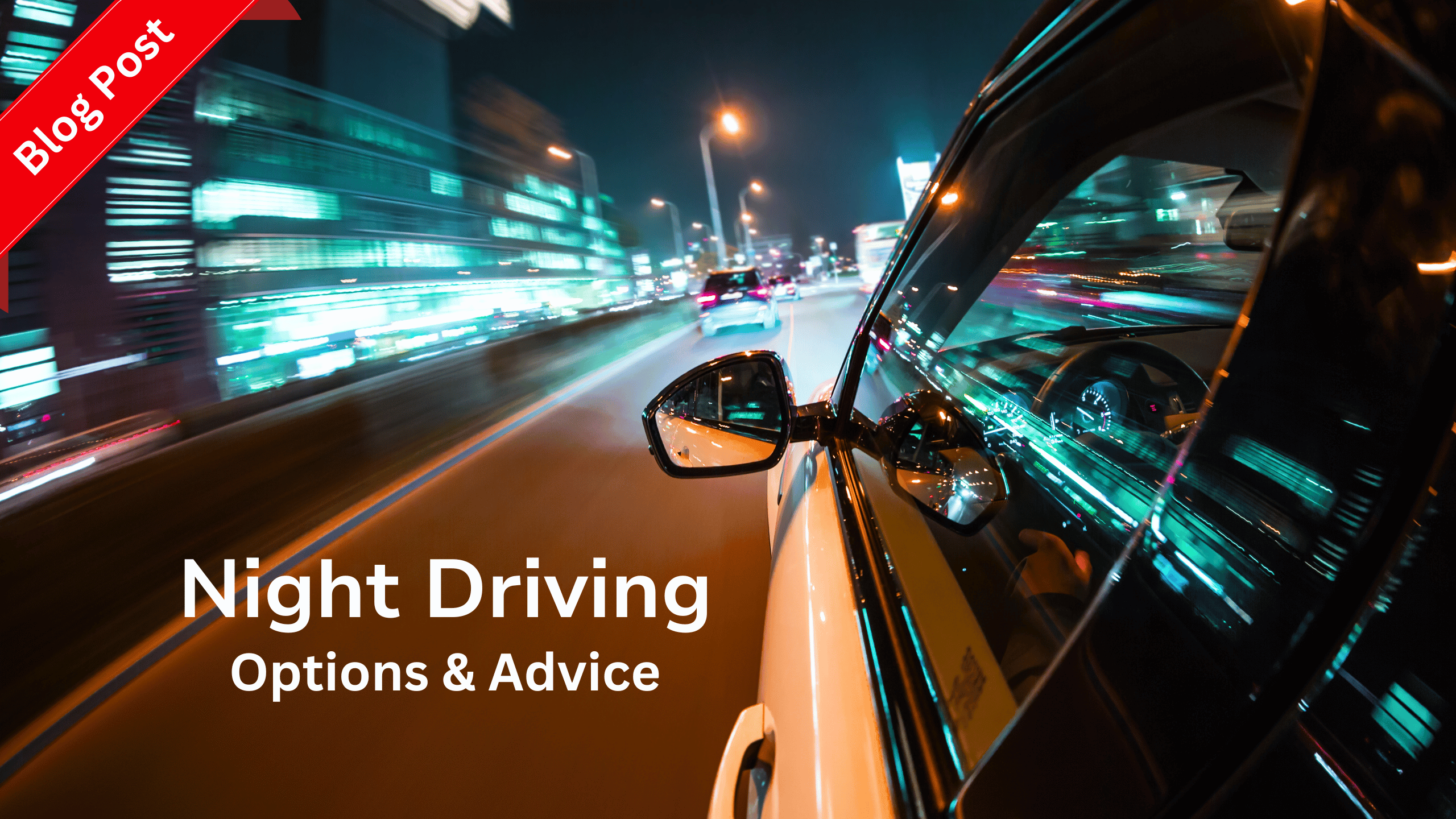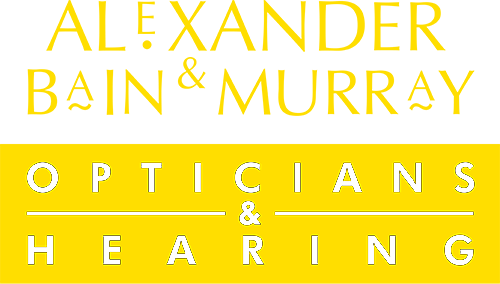Fireworks and Eye Safety
Fireworks and Eye Safety
Every year, in the UK, around 300 people suffer serious eye injuries as a result of accidents involving fireworks, and ten of them lose their sight. Fireworks can cause permanent eye damage by rupturing the eyeball or causing chemical and thermal burns, corneal abrasions and retinal detachment.
Always follow the Firework Code, and take special care of your eyes with these safety tips:
- Visit an organised display – it’s the safest way to enjoy fireworks.
- Wear appropriate protective eyewear when handling, lighting or in close proximity to fireworks. They can be worn over your regular glasses.
- Always hold sparklers at arm’s length – and dispose of them in a bucket of water. Never give sparklers to children under the age of five.
- Keep your distance while lighting fireworks and once they are lit – AT LEAST 25 metres from Category 3 fireworks.
- Never return to a lit firework – if you have lit a firework but it hasn’t gone off, do not return to it. It may have a damaged fuse and could explode at any time causing serious injury.
- Supervise children at all times – be vigilant to make sure they are never close to fireworks or left alone with sparklers.
- Buy fireworks that meet British Standards – ensure you buy your fireworks from a reputable retailer and that they conform to British Standards, these will be marked BS 7114 on the box.
If anyone in your party does suffer a firework eye injury:
- Seek medical attention immediately. Quick action can minimise long-term damage.
- Do not rub or rinse the injured eye, or apply any ointments to the eye area. If you do, it could increase any damage and make it more difficult for a specialist to provide treatment.
Firework Safety
Despite annual safety warnings, firework celebrations still end in painful injuries for too many people, including very young children. Yet fireworks can be great fun for families, not just around November 5 (Bonfire Night/Guy Fawkes Night), but also Diwali, New Year’s Eve and Chinese New Year. Injury figures support the advice that the safest place to enjoy fireworks is at a large public display – far fewer people are injured here than at smaller family or private parties.
But if you’ll be having a firework party at home, you can make the occasion fun and safe for everyone by following the Firework Code, as well as some sparkler and bonfire safety tips.

Firework Code
Only adults should deal with setting up firework displays, the lighting of fireworks and the safe disposal of fireworks once they have been used (and remember, alcohol and fireworks don’t mix!). Children and young people should be supervised, and watch and enjoy fireworks at a safe distance.
Follow these top 10 tips for a safer fireworks party:
- Plan your firework display to make it safe and enjoyable, and check the time you can legally set off fireworks
- In England, Scotland and Wales only buy fireworks which carry the UKCA marks. In the case of Northern Ireland look for the UKNI symbol. You may also see the UKNI mark along with the UKCA symbol. Keep your fireworks in a closed box, and use them one at a time
- Read and follow the instructions on each firework using a torch if necessary
- Light the firework at arm’s length with a taper and stand well back
- Keep naked flames, including cigarettes, away from fireworks
- Never return to a firework once it has been lit
- Don’t put fireworks in pockets and never throw them
- Direct any rocket fireworks well away from spectators
- Never use paraffin or petrol on a bonfire
- Make sure that the fire is out and surroundings are made safe before leaving.
Article from the College of Optometrists
https://lookafteryoureyes.org/


Driving Advice in Autumn and Winter
Driving Advice in Autumn and Winter Autumn and winter can represent a challenge for drivers…

Night Driving
Night Driving At Alexander Bain & Murray Opticians we have some options and advice on…
